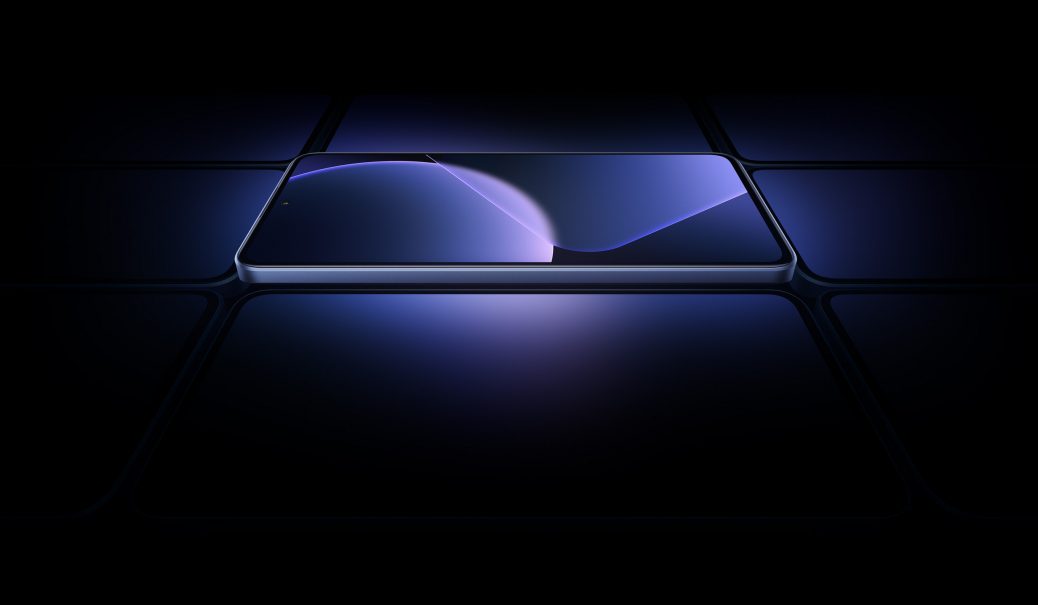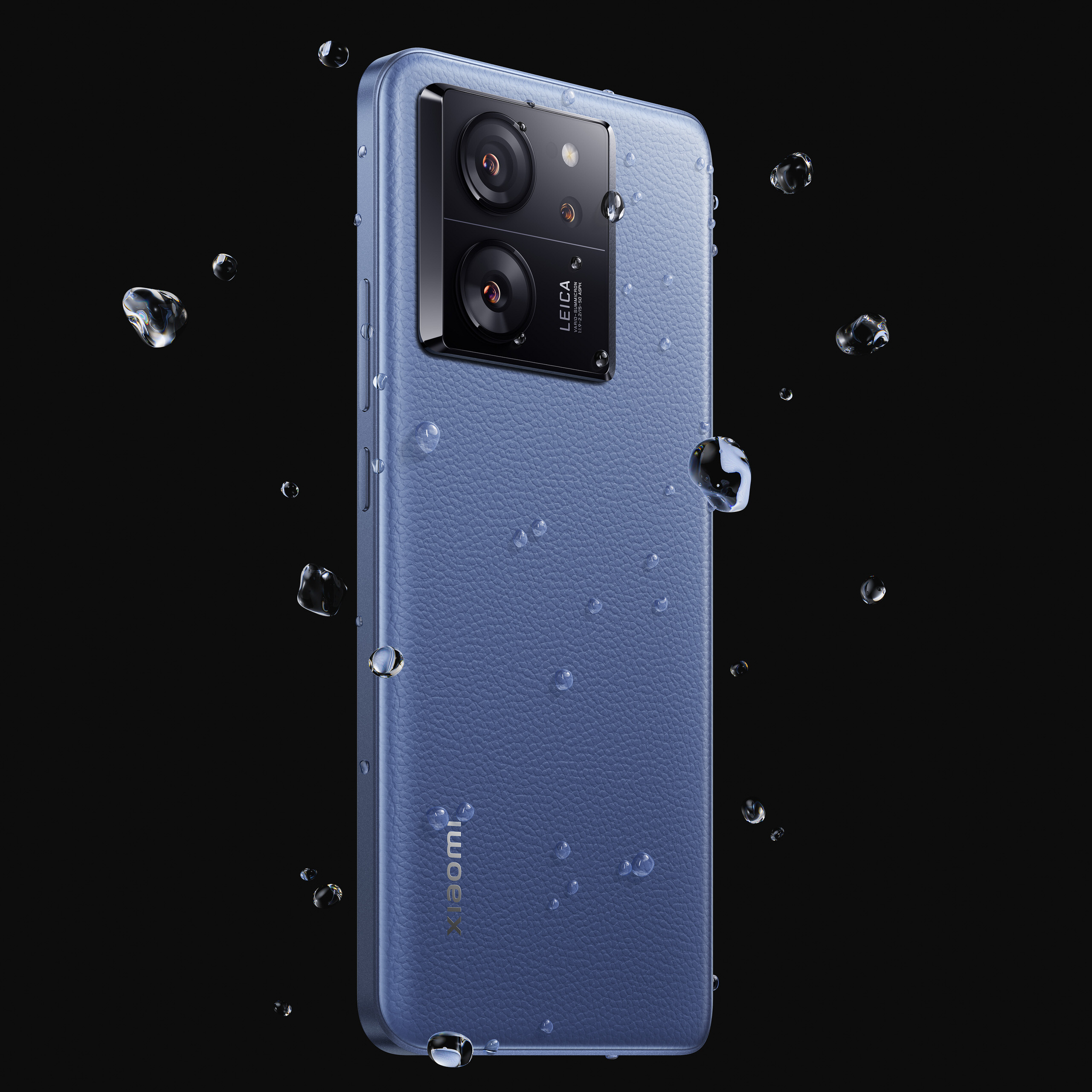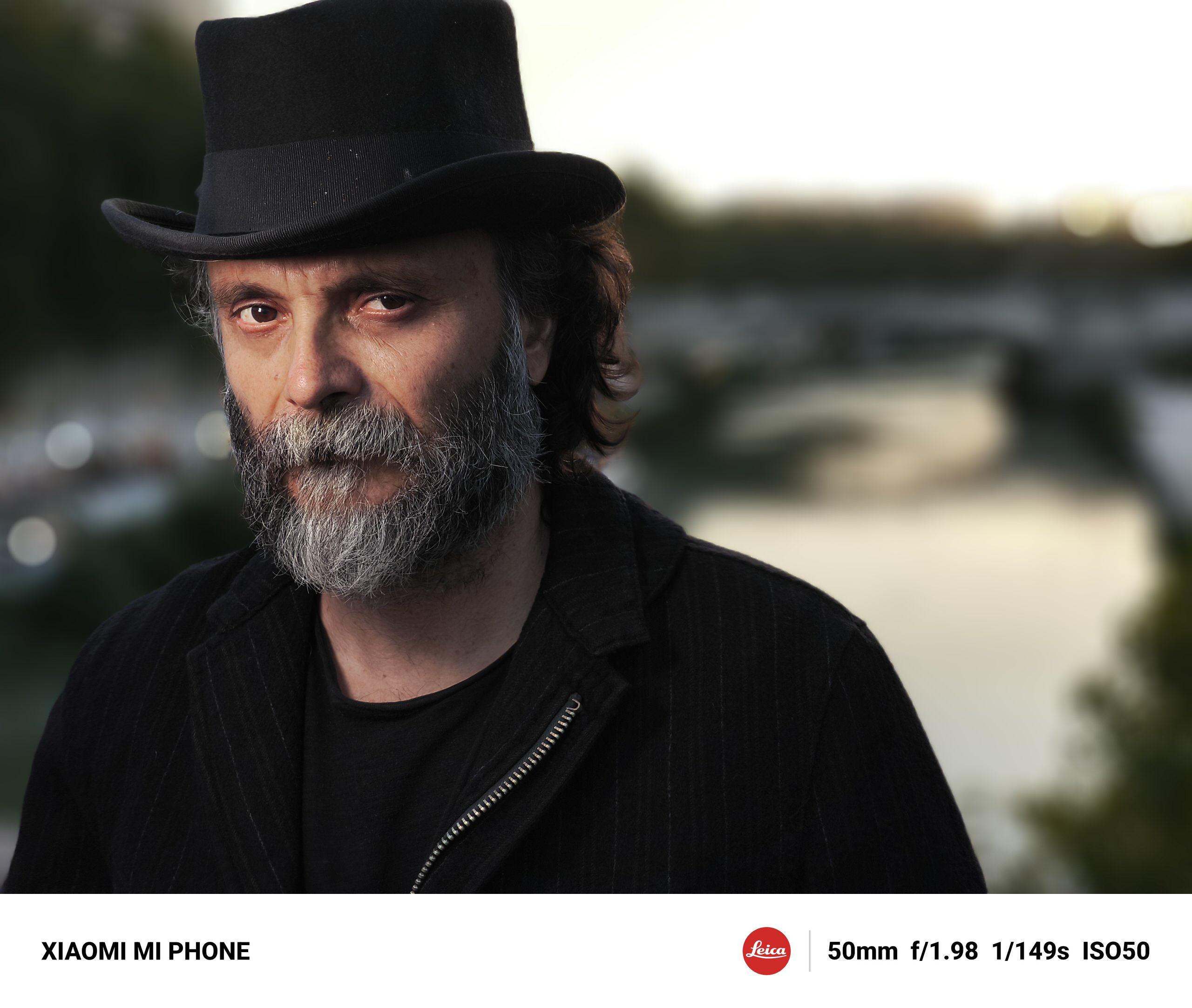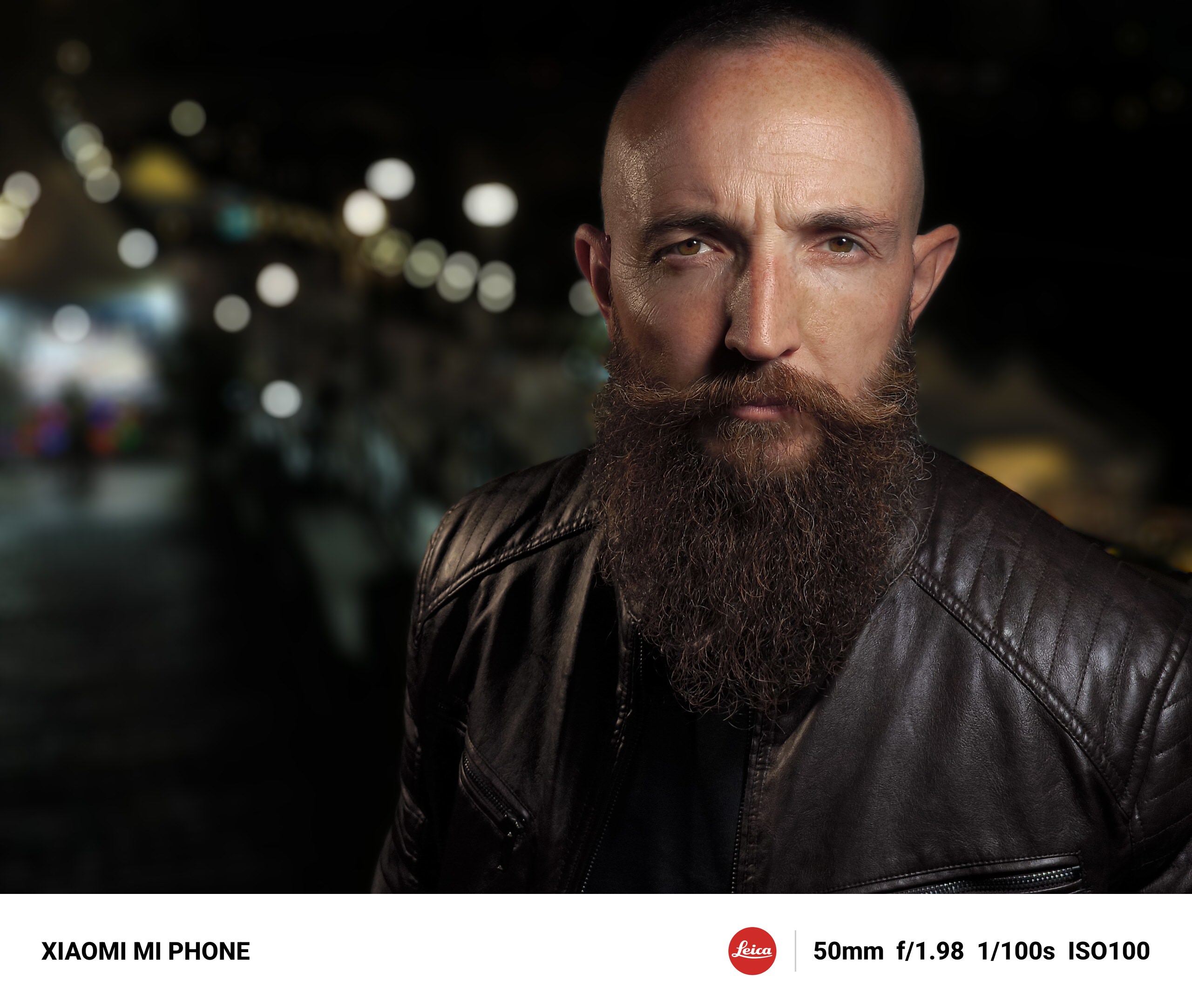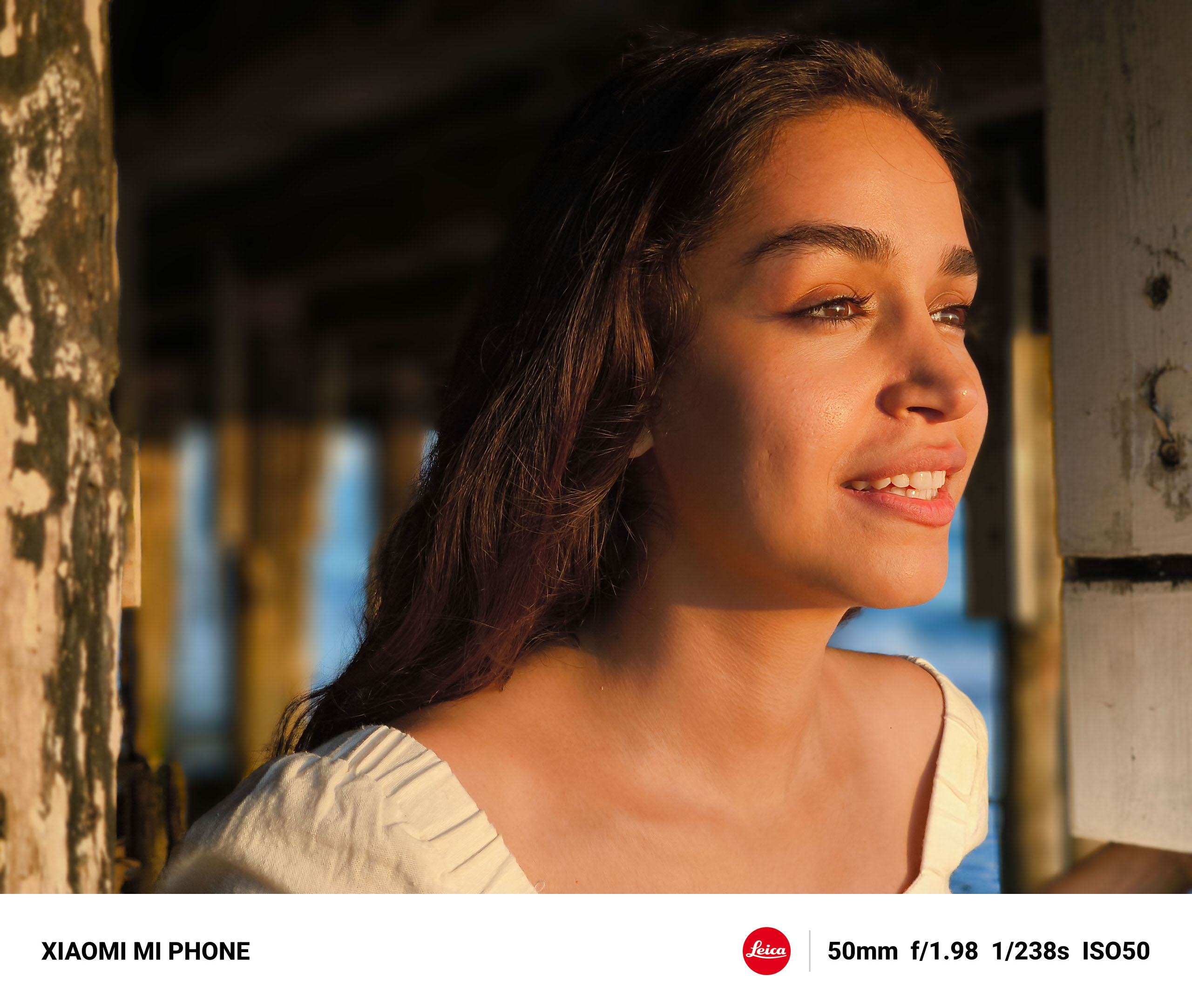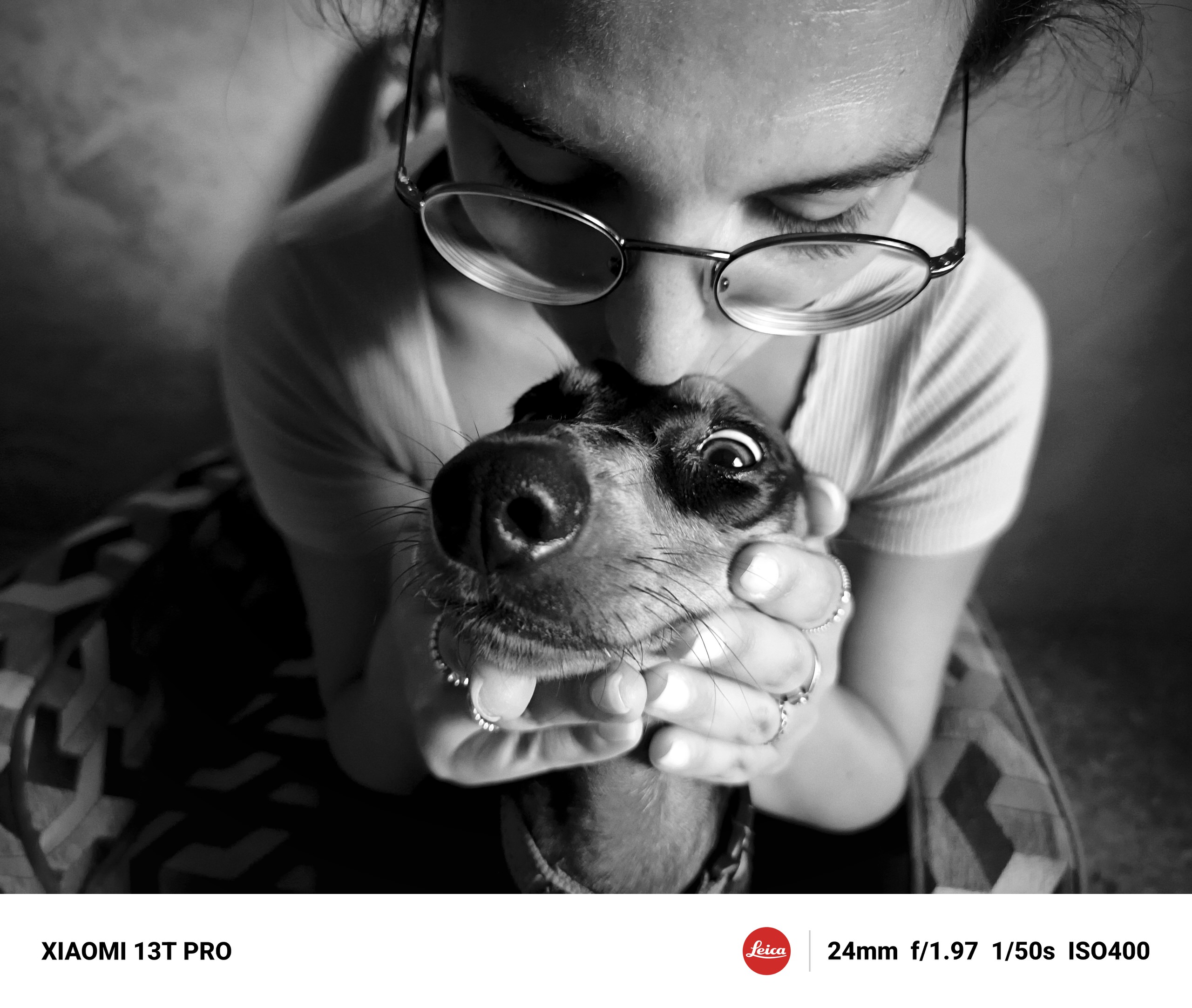Xiaomi Introduces Two Leica-Affiliated Smartphones: 13T Pro and 13T
At a launch event in Berlin, Xiaomi announced two new smartphones in its Leica-affiliated lineup, the 13T Pro and 13T, which are more mid-range and inexpensive. These new phones represent Xiaomi’s aim to introduce more of its camera functionality — not to mention the Leica collaboration — to lower-priced smartphones such as the T Series, which had previously never included Leica’s involvement.
While the two smartphones draw heavily from their more expensive siblings, the 13 Pro and 13 Ultra, Xiaomi is also experimenting with them and using the launch to emphasize an educational project in Europe.
The vegan leather back and noticeable camera bump that looks to be influenced by the 13 Pro indicate the provenance of the new handhelds. They’re even the same color: alpha blue, meadow green, and black. These devices all use the same 6.7-inch CrystalRes AMOLED display (no curves) with a refresh rate of up to 144Hz and a peak brightness of up to 2600 nits. The screen is protected by Gorilla Glass 5, and the gadget as a whole is dust and water-resistant (IP68). Dolby Vision and HDR10+ support are expected, as well as Dolby Atmos audio.
MediaTek processors power the two, albeit the 13T Pro has the speedier Dimensity 9200+ 14nm chipset as opposed to the 8200 Ultra chip in the 13T. It’s difficult to judge how much of a difference this makes in most situations, but Xiaomi claims the extra bump will contribute to speedier overall performance, including camera performance.
The 13T Pro comes with 12GB of RAM and either 256GB or 512GB of storage, as well as a higher edition with 16GB and 1TB of storage, respectively. The 13T is less powerful, having 8GB or 12GB of RAM and 256GB of storage. The 13T Pro is optimized for Wi-Fi 7, but otherwise shares the same features and bands as the Pro variant. Both offer two SIM slots and 5G compatibility, albeit largely on bands that aren’t available in North America.
Both come with fast charging adapters, the 120W HyperCharge charger for the 13T Pro recharging the device’s 5,000mAh battery in just 19 minutes. The 13T’s 67W charger accomplishes this in a very respectable 42 minutes.
The 13T and 13T Pro have nearly identical camera specs and functionalities. A 50-megapixel (24mm equivalent) wide camera with a Type 1.3-inch Sony IMX707 sensor, f/1.9 aperture, and optical and electronic image stabilization is available. Pixel binning raises pixel size to 2.44, and the sensor supports 8K resolution and 10-bit Log recording with LUT import compatibility for the 13T Pro’s video options.
The 50-megapixel telephoto features an f/1.9 aperture but a limited zoom at 50mm equivalent, making it more suited to portraiture, where it is more likely to shine. The f/2.2 aperture of the 12-megapixel ultra-wide (15mm equivalent) camera is adequate. The camera module is covered by Leica’s Vario-Summicron 1:1.9-2.2/15-50mm ASPH lenses, so you don’t lose any glass or coating while moving between shooters here.
This features the Leica settings and filters featured in prior Xiaomi phones made in collaboration with Leica. You can shoot in Authentic or Vibrant settings, as well as select from a variety of Leica filters within some of the camera app’s shooting modes, such as Vivid or Black and White Natural. Watermarks from Leica cameras are also accessible, as are changes to the main camera app UI influenced by Leica cameras.
These two phones include a new feature dubbed “Leica customized photographic styles,” which means you can design your own styles based on your tastes. It’s a new Pro mode setting that gives you precise control over tone, tonality, and texture, which you can keep as a preset alongside Authentic and Vibrant. You choose either of those as a starting point, and then make the necessary tweaks to create a style that suits your preferences. It is only available in Pro mode and with JPEGs, as switching to RAW disables the feature.
Here are some sample pictures from Xiaomi taken by Eolo Perfido and Antonella Catanese:
Xiaomi also announced a collaboration with the University of Barcelona and Leica Akademie photographer Giuseppe Nucci on the Xiaomi Education — Story in Sight program. The plan is to hold seminars at the institution to teach students studying photography “the skills and knowledge required to create captivating visual narratives through their photographs.” The instructor will be Nucci, and the students will use phones throughout the workshops.
Xiaomi isn’t afraid to state its ambitions, at least in terms of what it believes a mid-range or inexpensive phone should contain. This does not entail expanding the extent of global availability to include the difficult North American market, but those who desire one should be able to buy one.
When converted to USD, the Xiaomi 13T Pro will cost around $840 for the 12GB and 256GB models, and $680 for the 13T.

